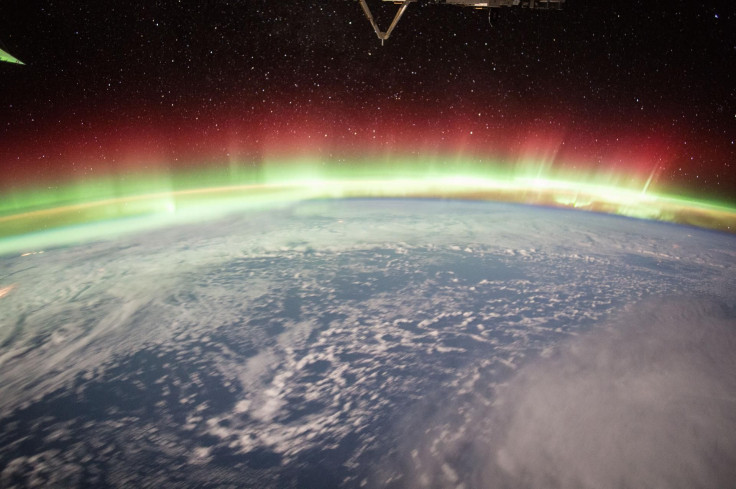NASA Gears Up Heliophysics Research To Understand Magnetic Substorms Around Earth

The immediate space around Earth has been an area of close study for several decades now.
It is the space where particles with energy, like constituents of solar wind, are present, and are responsible for several magnetic particle phenomena such as auroras near the Earth.
Now scientists have used data from 16 separate NASA and Los Alamos National Laboratory (LANL) spacecraft to study and figure out how particle phenomenon occurs in the magnetic environment that envelops us.
Apart from auroras, these "substorms" are responsible for several phenomenon witnessed on Earth such as GPS communication errors and severe electrical fluctuations causing damage to power grids and electronic devices across the world.
Data from the four individual heliophysics NASA missions — the Magnetospheric Multiscale mission; Van Allen Probes mission; Geotail; and the Time History of Events and Macroscale Interactions during Substorms mission were used in the study along with the LANL-GEO spacecraft data.
The team combined the data from NASA's heliophysics missions and the geochemistry data from the LANL-GEO spacecraft to study the heliosphere.
The heliosphere is the region around the sun where its magnetic effects can be felt. This giant envelope extends well beyond Pluto. The constant flow of solar wind comprising charged particles creates a bubble around the planets called the heliosphere. The heliosphere acts as a shield that protects the planets from interstellar radiation.
The team figured that combining the data from each individual mission will help them paint a more detailed and wider model of plasma phenomenon around the Earth.
By combining datasets from spacecraft situated in locations spread around the Earth, Drew Turner, research scientist at the Aerospace Corporation in El Segundo, California, and his team were able to address big-picture questions about particle movement.
According to a press release by NASA, the team studied a relatively quiet period in the near-Earth space environment. They hoped that reading would be simpler and the model of the atmosphere around Earth could be completed without much data interference. But, what they found proved otherwise.
Instead of readings of a calm area of space, the team found the signature of what’s known as a substorm current wedge — one of the major features of a classic substorm.
This observation was made from ground-based magnetospheres. The team decided to investigate this further.
Using these signatures and combining it with spacecraft data, the team came across activity that pointed to the existence of such wedges around Earth.
These current wedges are a hotly debated space topic. They have not been discovered before and a close analysis of its effects could usher in several new areas of study to understand magnetic activity around Earth.
According to a news release by NASA, the team is already looking at more events to see if they’ve made the first observation of this phenomenon.
“Even for this small event, it’s tremendously complex,” said Turner. “What this shows is we don’t yet have a good global picture for what’s happening during small substorms, let alone during the big whoppers.”
“Each spacecraft plays a unique role,” Turner said. “As we move forward and continue shaping the future of magnetospheric physics, the global picture of substorms and other important phenomena will become clearer as more spacecraft are deployed using innovative orbital configurations and instrumentation.”
NASA’s Magneotspheric Multiscale mission is currently in a new orbit. It is reaching regions farther from Earth than ever before. The team expects to be able to see the point of origin of these substorm events and hopefully capture a complete start-to-finish picture of it.
“We often consider substorms to be the ‘building blocks’ of the solar wind and magnetosphere interaction — the fundamental element,” said David Sibeck, THEMIS project scientist and Van Allen Probes mission scientist at NASA’s Goddard Space Flight Center in Greenbelt, Maryland. “That’s one reason why we study them.”
Their results were published in the Journal of Geophysical Research on Nov. 27.
© Copyright IBTimes 2024. All rights reserved.





















